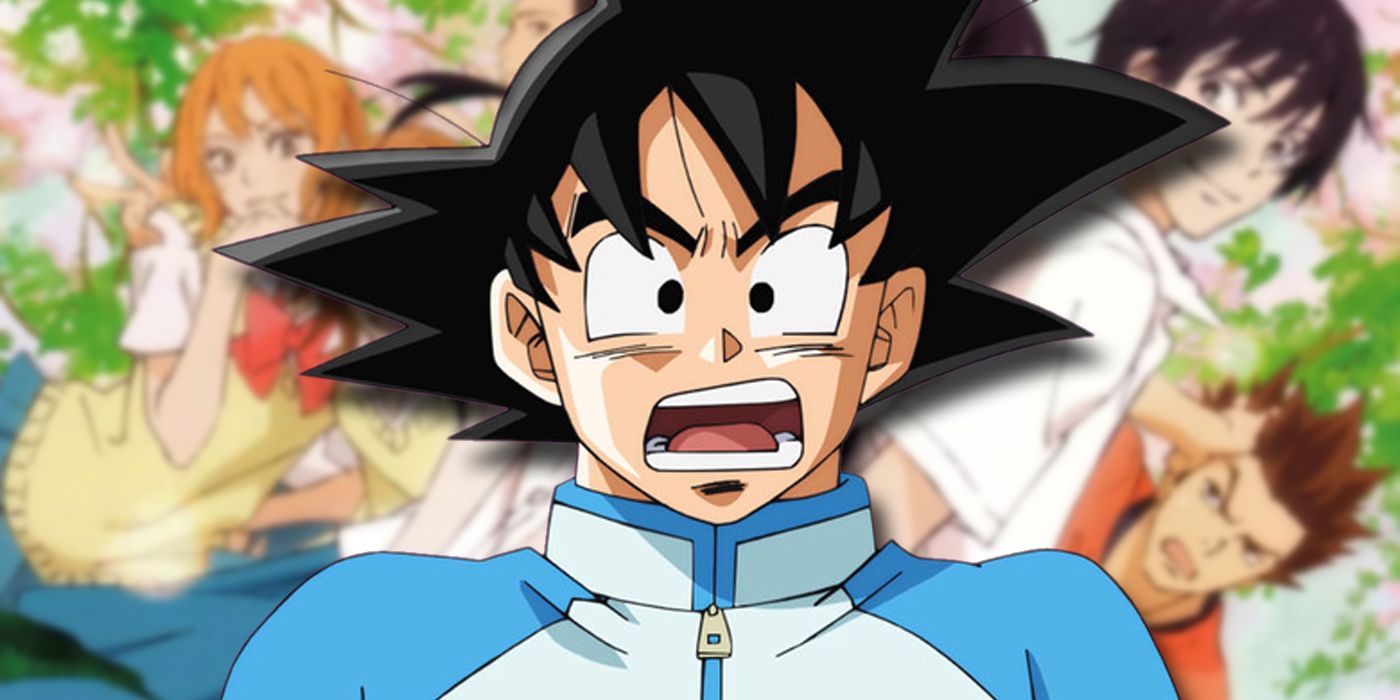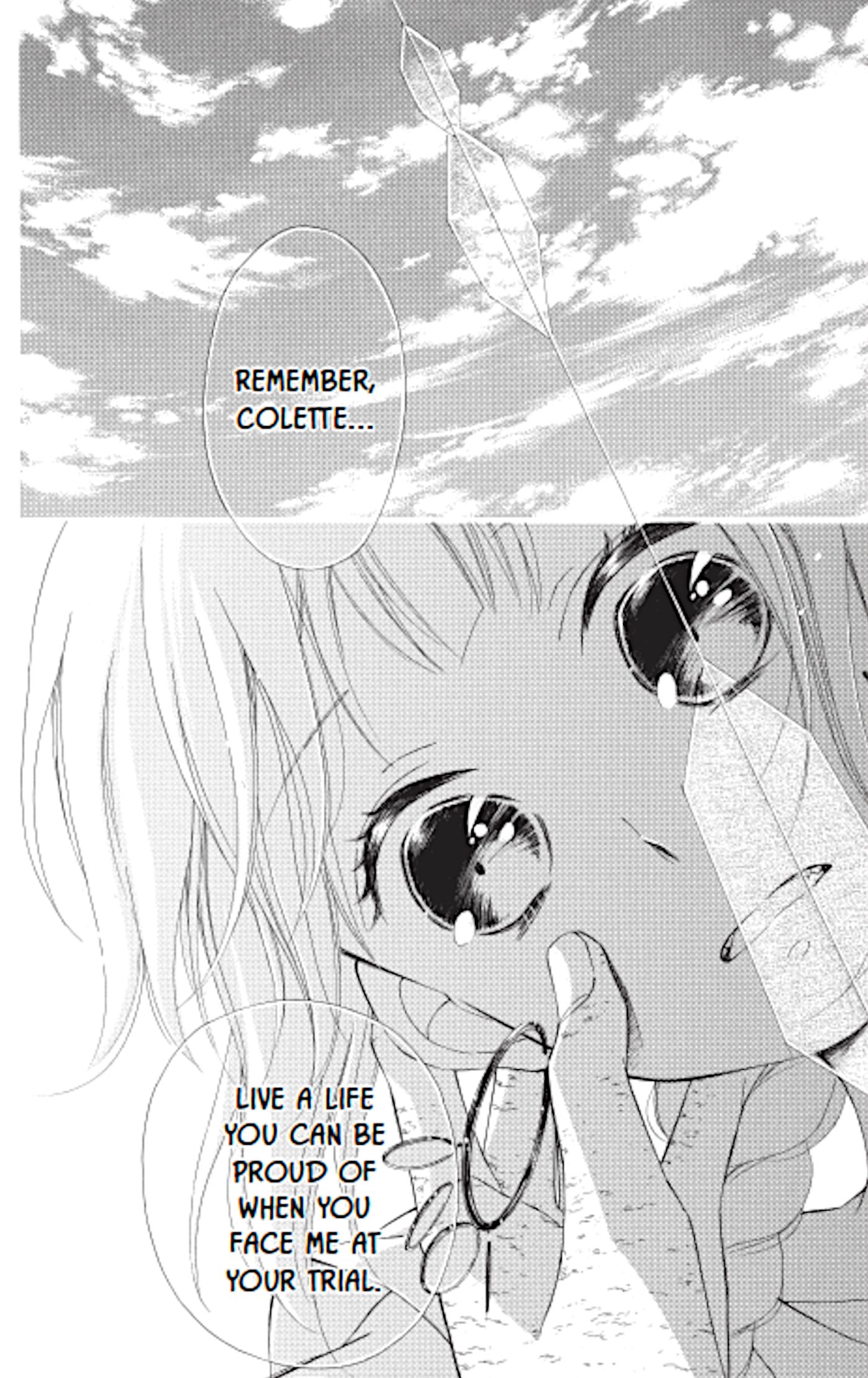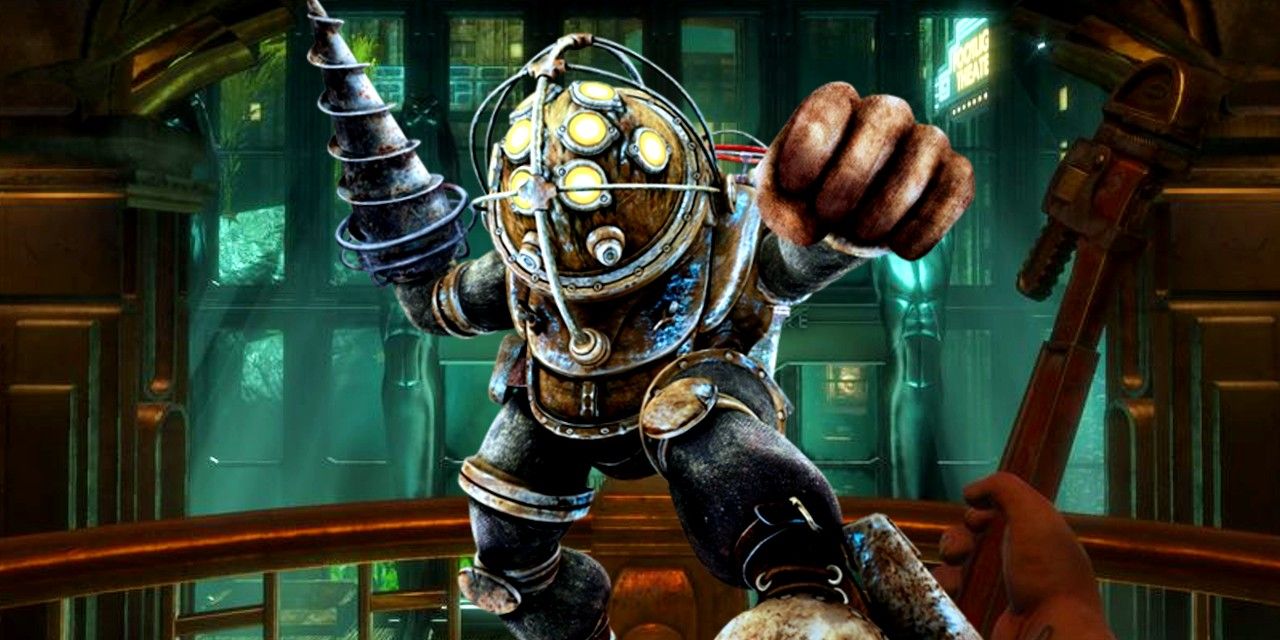Shojo manga and anime offerings boast many strong series that are good for the soul, and with Colette Decides to Die, even the souls of the Underworld can benefit from the genre's healing influence. Hailing from the storied Hakusensha magazine Hana to Yume, home to Yona of the Dawn, Fruits Basket, and Kamisama Kiss, Colette Decides to Die follows a romantic fantasy twist with a Greek mythological twist. Despite the series debuting in 2013, it's finally getting an English print release thanks to VIZ Media, with volume #1 holding a mighty 402 pages of Alto Yukimura's Greek myth romance manga.
Hana to Yume's manga series tend to receive wildly successful anime adaptations, with many of its iconic series often gracing best romance anime lists before mentioning its series' uplifting explorations of human connection. Even though many of these cases involve non-humans in the mixture, such as deities, the principle remains the same. Colette Decides to Die is another excellent example, as its eponymous protagonist finds renewed purpose in her profession. While Colette Decides to Die debuted two years after the popular The Apothecary Diaries novels, their overlapping medical themes and dignified lead characters draw from a familiar readership.
Colette Decides to Die Is a Life-Affirming Journey to the Underworld
Naturally, Hades Is Drop-Dead Gorgeous

After completing her apprenticeship under the apothecary Anno, Colette attends to her community's medical needs but quickly finds the duties overwhelming, with few chances for rest. As she comes to a well, she considers local legends about the well leading to another world, implicitly her "call of the void," which draws her in, but to her luck and confusion, the story doesn't end there. Unlike Maomao's surprise capture and relocation to the Imperial Palace of Li, Colette finds herself in the Underworld, not dead, but merely summoned as an apothecary by Hades in Colette Decides to Die.
The Call of the Void is a term for intrusive thoughts involving a sudden urge to jump from a high place, or in Colette Decides to Die 's case, down a well. It often holds morbid subtextual meaning.
Despite the title's grim implications, Colette does not die despite being sent to the Underworld. After treating a bedridden and strikingly handsome Hades, despite learning the surface world is being hit by the plague, Colette's sense of duty returns. In Colette Decides to Die, when she believes she can't return to the world, she realizes what she'll lose upon not returning, being able to put smiles on her patients' faces and help them create a better future. With Colette's access to the Underworld a mere jump down the well, this shojo manga is life-affirming despite its macabre potential.

Related
"Shojo manga are really incredible": Akira Toriyama May Have Been Shonen's King, But He Secretly Admired Another Genre
While Akira Toriyama is most known for his contributions to the shonen style of manga, he admired its female counterpart, shojo, almost as much.
Colette's influence is also shown in the Underworld's denizens in Colette Decides to Die. She frequently returns to the realm, unafraid of Hades' skeleton minions, her interactions becoming progressively more precious, and even the guard dog Cerberus is reduced to three mere puppies when feeling peckish. One particular interaction with a figure from Colette's past in chapter #7 is telling, as she finds them after being judged by Hades, still striving to make them happy in the afterlife. This leaves a positive impression on Hades, especially in chapter #8, expanding to other Greek mythical figures in Colette Decides to Die.
Greek and Japanese Mythology Intersect in Colette Decides to Die
The Two Worlds Intermingle Well
Of the many charming features in Colette Decides to Die volume #1, Alto Yukimura's author notes illuminate the series' clear Japanese and Greek mythological mixtures. The series is predominantly themed after the Greek Pantheon, naturally, with Hades joined by figures like Cerberus, Charon, Hercules, and siblings like Demeter and Zeus. However, using wells as a gateway to the Underworld refers to a well Yukimura visited in Kyoto as the fabled route to King Enma's realm, "the Hades of Japan," which influenced her creation of Colette Decides to Die.
In an author's note for Colette Decides to Die, volume #1, chapter #6, Alto Yukimura's cultural influences are cited as a mixture of Greek and Japanese mythology.
The shojo manga makeover of classic Greek mythological characters in Colette Decides to Die gives a gorgeous, androgynous spin on an already beautiful array of characters immortalized in marble, pottery, and stone. It creates a sense of vulnerability for characters like Hades, rendered sickly with noticeable rashes, yet inundated with tasks as lord of the Underworld, with other characters like Hercules left in similar situations. Colette's influence shows on them, notably making Hades recognize her fearlessness in his realm, a strange phenomenon other prospective lovers never show.
Colette's influence on these characters, including the Underworld tailor skeletons, incorporates her rediscovery of passion for her work and leaves profound results.
This transformation of familiar characters allows Yukimura the freedom to present these beautiful characters to the readers' excitement in the grand tradition of new and attractive reimaginings of classic Greek myth characters. Colette's influence on these characters, including the Underworld tailor skeletons, incorporates her rediscovery of passion for her work and leaves profound results. Chapter #8's events in Colette Decides to Die show the tailor creating eye-catching formal wear for readers to enjoy, while the wholesome gratitude he shows toward his servants, filled with newfound joy, warms the heart of any shojo manga enthusiast.
Colette Decides to Die Displays Poignant Themes and Meaningful Human Connection
Universal Themes for Manga Readers Seeking Something New
 Colette wa Shinukoto ni Shita © Alto Yukimura 2014/HAKUSENSHA, Inc.
Colette wa Shinukoto ni Shita © Alto Yukimura 2014/HAKUSENSHA, Inc. While Colette Decides to Die is over ten years old in Japan, its beautiful art and wholesome vibes may entice Western audiences as the latest manga fixation to hit bookstore shelves on November 5, 2024. Colette's journeys back and forth to the Underworld show her charm for the living and the dead, with her regained purpose showing as she risks death to treat those hit with illness on the surface world. For fans of Kamisama Kiss, the Nanami Momozono parallels are not lost, although Hades arguably takes less time to grow more receptive than Tomoe does in this comparison.
Despite Colette interacting prominently with deities, the themes of human connection and the value of life are hard to ignore.
While Colette Decides to Die is more romance and mythology-oriented than the seinen manga and influential anime adaptations of The Apothecary Diaries, both remind readers of the apothecaries' presence as early doctors whose purpose was to prolong life. There is no shortage of beautiful male characters in this series for those who appreciate Jinshi's hilarious yet tragic interactions, with quirky and short interludes featuring Hercules' discovery of tea being incredibly saccharine experiences. Despite Colette interacting prominently with deities, the themes of human connection and the value of life are hard to ignore.
But finally, it's a case for readers to discover similar shojo manga like Colette Decides to Die. While there's no dedicated reader app as reliable as Manga Plus or Shonen Jump for shojo manga, with publishers like Hakusensha somewhat behind the curve, these books can often resemble hidden gems for casual readers. But with millions of copies sold before even reaching North American shelves, Colette Decides to Die only stands to grow its presence as a returning shojo hit.









 English (US) ·
English (US) ·